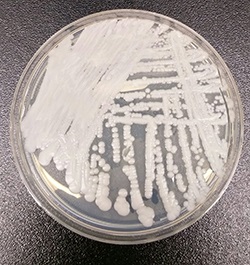Nearly two-thirds (64%) of Americans oppose allowing small business owners in their state to refuse to provide products or services to gay or lesbian people if doing so violates their religious beliefs. Roughly one-third (32%) support such religiously based service refusals.
A majority (52%) of Republicans believe small business owners should be allowed to refuse products or services to gay and lesbian people if doing so conflicts with their religious beliefs; fewer than one-third of political independents (31%) and Democrats (16%) agree. More than eight in ten (81%) Democrats and about two-thirds (66%) of independents say small businesses should not be allowed to refuse to do business with gay and lesbian people on religious grounds.
Most Religious Groups Oppose Allowing Businesses to Refuse Service to Gay and Lesbian People on Religious Grounds. Do you favor or oppose allowing a small business owner in your state to refuse to provide products or services to gay or lesbian people, if doing so violates their religious beliefs?
Long description.
Structure.

A strain of Candida auris cultured in a petri dish at the Centers for Disease Control and Prevention.
Credit: Shawn Lockhart/CDC
Nearly three dozen people in the United States have been diagnosed with a deadly and highly drug-resistant fungal infection since federal health officials first warned U.S. clinicians last June to be on the lookout for the emerging pathogen that has been spreading around the world.
The fungus, a strain of a kind of yeast known as Candida auris, has been reported in a dozen countries on five continents starting in 2009, when it was found in an ear infection in a patient in Japan. Since then, the fungus has been reported in Colombia, India, Israel, Kenya, Kuwait, Pakistan, South Korea, Venezuela and the United Kingdom.
Unlike garden variety yeast infections, this one causes serious bloodstream infections, spreads easily from person to person in health-care settings, and survives for months on skin and for weeks on bed rails, chairs and other hospital equipment. Some strains are resistant to all three major classes of antifungal drugs. Based on information from a […]


 It stands to reason that if you know you’re overweight or obese, and you know your extra pounds are unhealthy, that you’ve made a stab at losing weight. Right?
It stands to reason that if you know you’re overweight or obese, and you know your extra pounds are unhealthy, that you’ve made a stab at losing weight. Right?









